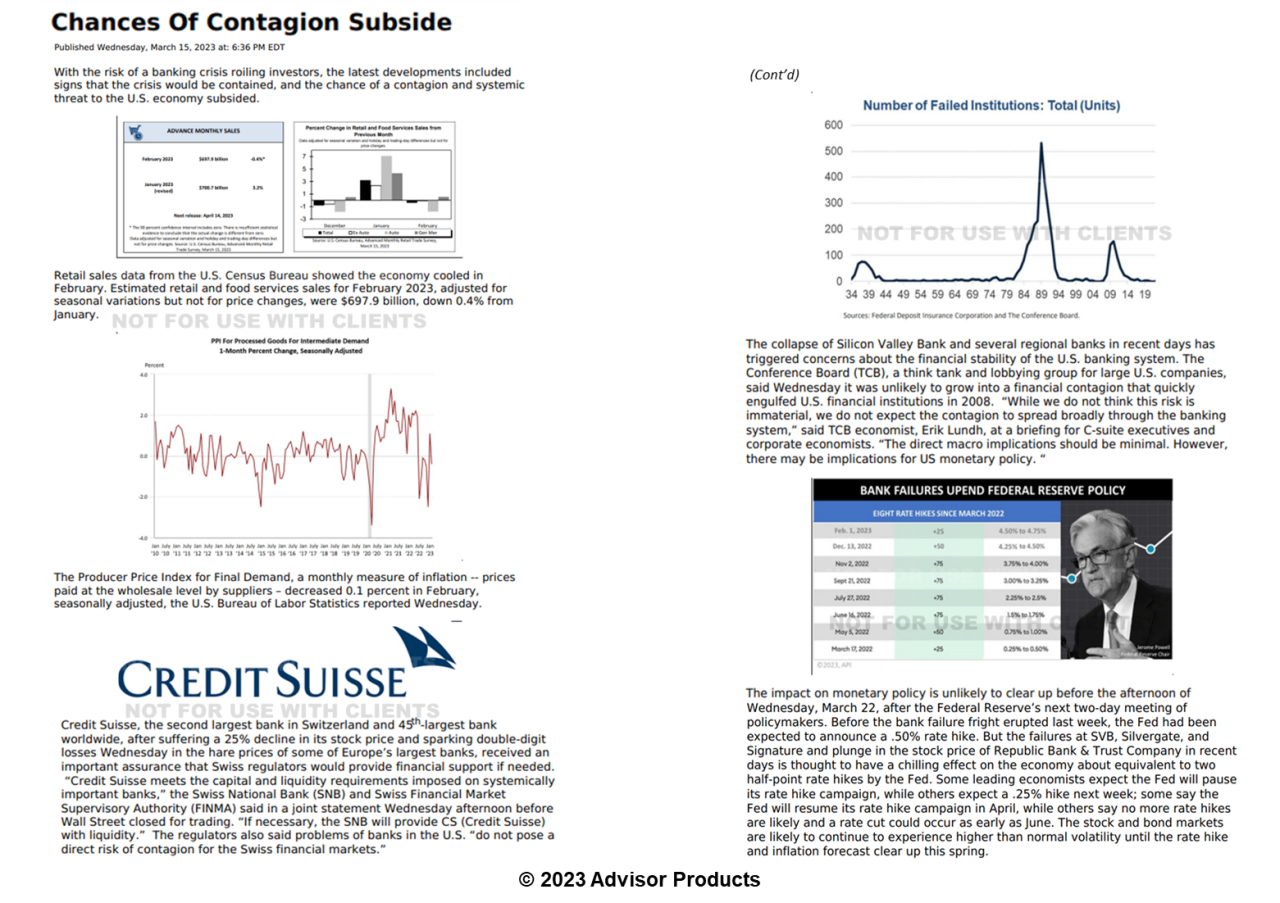- How it works
- Marketing Tools
- Competitive Research
- Finra-reviewed content
- Downloadable Content
- Advisor Education
- Advisor Websites
- Marketing Tips
- Crm Software Integration
- Search Engine Optimization
- Email Marketing Solutions
- Social media Marketing
- Advisor Marketing Videos
- Advisor Print Newsletters
- Advisor Lead Generation
- Expert Market Intelligence
- Branding and Print Materials
- Advisor Blogs
- Advisor Webinars
- Advisor Presentations
- Advisor Client Portals
- Webinars
- Advisor Google And Facebook Ads
- Advisor Public Relations
- About
- Resources
- Login
- Schedule A Demo
Marketing Tips
Search Engine Optimization
Learn the top factors that affect your search listings, tips for website construction, how to develop and organize SEO-friendly content, how to use Google My Business, and the importance of social media on SEO.
Email Marketing Tips
Learn about compliance, how to build your list, get suggestions on how to create a strong cam-paign, master the art of creating a powerful email, get tips on lay-out, learn how to create strong calls-to-action, and get subject line DOs and DON’Ts.
A Lesson About Commas And Independent Clauses In Sentences
I am not going to tell you I know everything about commas, but I do have a couple of pointers.
Commas are not like most punctuation marks. You have some freedom about when and where to insert commas. But there are some rules.
One rule is that you want to separate two clauses in a sentence with a comma only if each clause has its own subject.
For example: Harold went to beach, and then to the meeting.
That’s a misplaced comma. The second clause of the sentence, “and then to the meeting,” does not have its own subject. It’s not an independent clause that could stand alone as a sentence.
Now consider this: Harold went to beach, and then Susan went to the meeting.
That comma is just fine. Since the second clause has its own subject (Susan), it may be separated by a comma.
Only independent clauses get separate by a comma.
I don't know why I know that or why it has stuck in my brain. But it helps make me a good writer, so I thought I'd pass it along.
I want to thank all of you who commented on my recent rant about em dashes.
Sitting here writing at the kitchen table or on my deck is isolating. Having you tell me what to you want me to write about is genuinely appreciated.
Knowing you care about em dashes thrills me, and that’s why I wanted I'm hoping you'll like this little ditty about commas.
Questions?
How and why does the Advisor Products system work?
In today’s times, when consumers have become more demanding and tech-savvy, financial advisors must use content marketing to attract, inspire, engage, and convert their prospective customers.
A good content strategy is focused on developing and distributing consistent, valuable content to engage and retain prospective customers and target audience, via your website. Our content library provides financial advisors with fresh, high-quality financial content that is updated regularly, improving SEO along the way. And our automated e-newsletter and social media tools allow advisors to reach out to clients and prospects in an easy-to-use manner, providing frequent touch points for optimal brand building.
- Differentiate you from competitors
- Expose clients and prospects to your brand message more frequently
- Build an ongoing relationship with customers
- Increase your follows and fans on social media
- Drive more prospects to your website
- Help convert prospects into leads
- Increase number of pages indexed in Google
What products and services do you offer?
Can I buy services if my website is not hosted with you?
What can I expect during the onboarding process?
What if I have questions after my website is built?
Seeing is Believing.
See how easy it is to get started with our all-in-one digital marketing platform that drives leads, encourages referrals and increases client engagement.
SCHEDULE A DEMO






